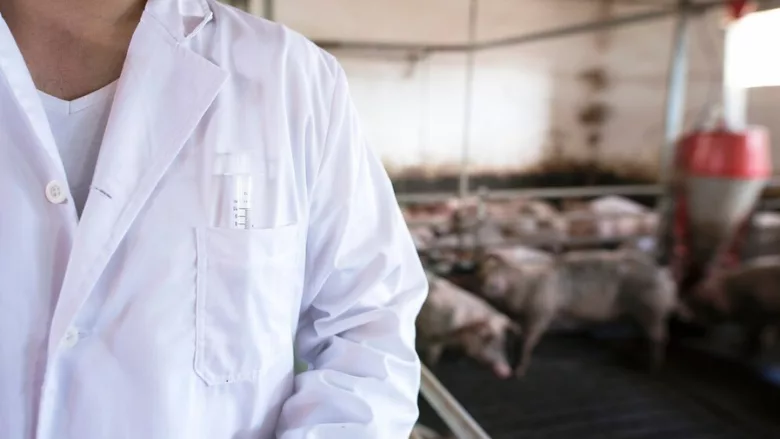FSANZ Opens Consultation on MRL Changes for Agricultural, Veterinary Chemicals in Foods

Image credit: aleksandarlittlewolf via Freepik
Food Standards Australia New Zealand (FSANZ) is considering changes to maximum residue limits (MRLs) for certain agricultural and veterinary chemicals in foods. A call for comment on the proposal is open until October 29, 2026.
Proposal M1022 seeks to align MRLs for agricultural and veterinary chemicals listed in Schedule 20 of the Australia New Zealand Food Standards Code. After an original call for requests, FSANZ received submissions from 12 industry stakeholders seeking MRL harmonization to Codex Alimentarius MRLs and two trading partner MRLs, as well as requests for certain MRL reductions and deletions, a residue definition update, and replacement of temporary MRLs with permanent MRLs. FSANZ also considered MRLs recommended by the 2023 Codex Committee on Pesticide Residues and adopted at the 2023 Codex Alimentarius Commission meeting.
In total, FSANZ considered MRL changes for 124 agricultural and veterinary chemicals and 403 chemical-commodity pairs. Requests were also received for 12 chemicals not listed in Schedule 20, of which three were accepted.
For requests to increase an existing MRL or to insert a new MRL, FSANZ undertook a dietary exposure assessment using Australian food consumption data. An additional assessment was conducted for those chemicals being considered in M1022 to determine their suitability for the establishment of an “all other foods except animal food commodities” MRL, which allow for low-level inadvertent presence of chemical residues in food resulting from legitimate use, but mitigate the potential for off-label use.
FSA assures that the dietary exposure estimates for all chemicals with proposed MRLs in M1022 are below relevant health-based guidance values, indicating negligible health and safety concerns for Australian consumers.
A complete list of proposed changes can be accessed through the FSANZ consultation portal.
Looking for quick answers on food safety topics?
Try Ask FSM, our new smart AI search tool.
Ask FSM →









